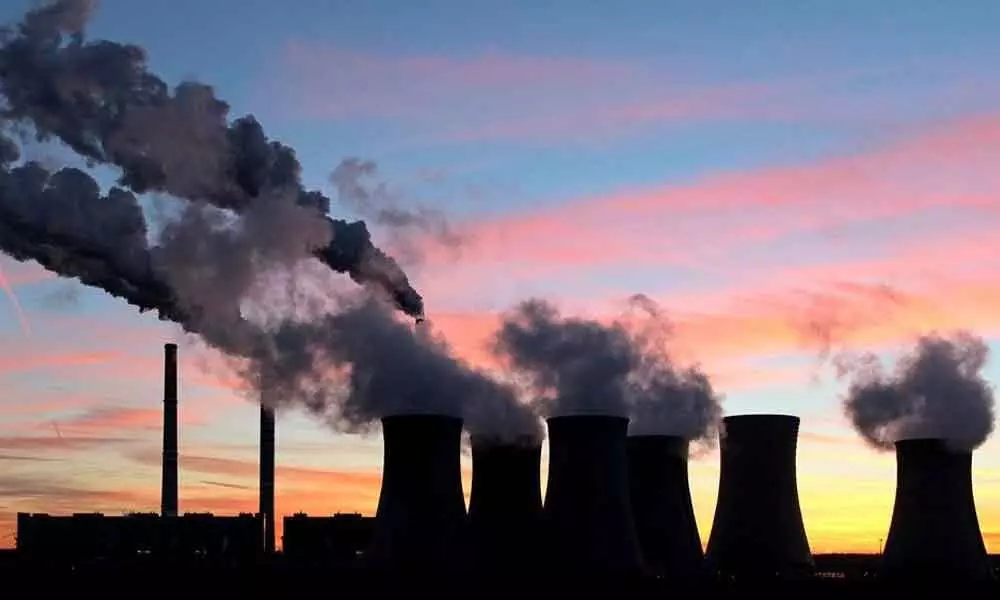A 'Green' lining? Corona may trigger biggest fall in carbon emissions since Work Wall II

London/Washington: Carbon dioxide emissions could fall by the largest amount since World War Two this year as the coronavirus outbreak brings economies to a virtual standstill, according to the chair of a network of scientists providing benchmark emissions data.
Rob Jackson, who chairs the Global Carbon Project, which produces widely-watched annual emissions estimates, said carbon output could fall by more than 5% year-on-year -- the first dip since a 1.4% reduction after the 2008 financial crisis.
"I wouldn't be shocked to see a 5% or more drop in carbon dioxide emissions this year, something not seen since the end of World War Two," Jackson, a professor of Earth system science at Stanford University in California, told Reuters in an email.
"Neither the fall of the Soviet Union nor the various oil or savings and loan crises of the past 50 years are likely to have affected emissions the way this crisis is," he said.
The prediction – among a range of new forecasts being produced by climate researchers - represents a tiny sliver of good news in the midst of crisis: Climate scientists had warned world governments that global emissions must start dropping by 2020 to avoid the worst impacts of climate change.
But the improvements are for all the wrong reasons, tied to a world-shaking global health emergency that has infected more than 950,000 people - while shuttering factories, grounding airlines and forcing hundreds of millions of people to stay at home to slow the contagion. Experts warn that without structural change, the emissions declines caused by coronavirus could be short-lived and have little impact on the concentrations of carbon dioxide that have accumulated in the atmosphere over decades.
"This drop is not due to structural changes so as soon as confinement ends, I expect the emissions will go back close to where they were," said Corinne Le Quere, a climate scientist at the University of East Anglia in eastern England.
After world greenhouse gas emissions dipped in the aftermath of the 2007-2008 global financial crisis, they shot back up a whopping 5.1% in the recovery, according to Jackson.
The pattern of a swift rebound has already begun to play out in China, where emissions fell by an estimated 25% as the country closed factories and put in place strict measures on people's movement to contain the coronavirus earlier this year, but have since returned to a normal range.
That kind of resilience underscores the magnitude of the economic transformation that would be needed to meet the goals of an international deal brokered in Paris in 2015 to try to avert the most catastrophic climate change scenarios.
A U.N. report published in November found that emissions would have to start falling by an average of 7.6% per year to give the world a viable chance of limiting the rise in average global temperatures to 1.5C, the most ambitious Paris goal.


















